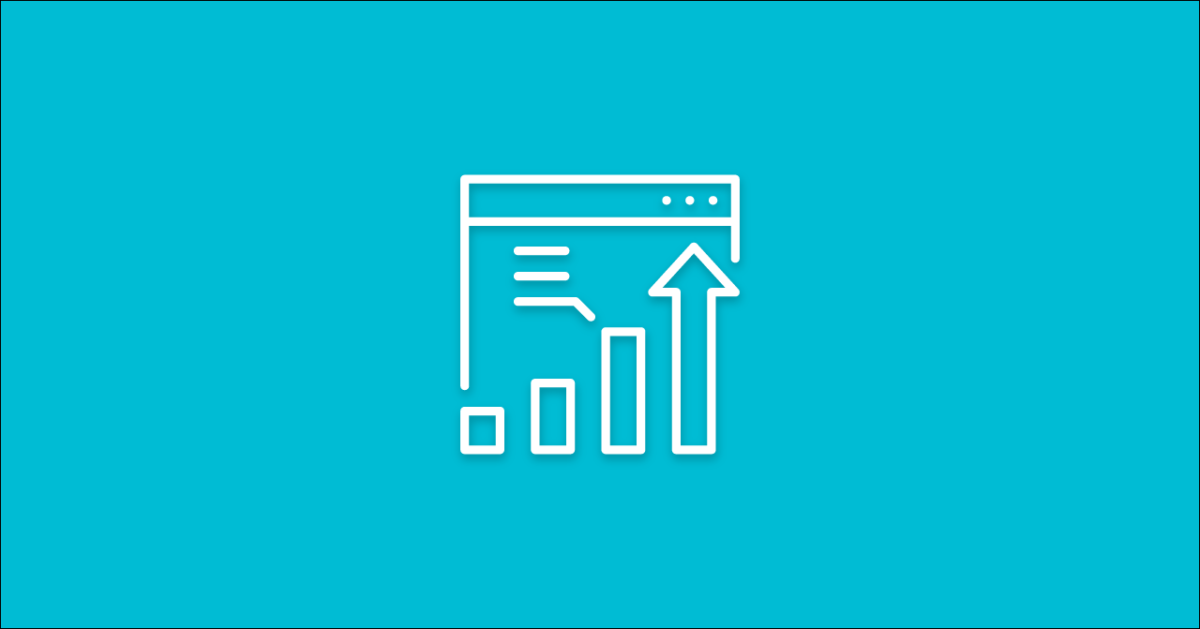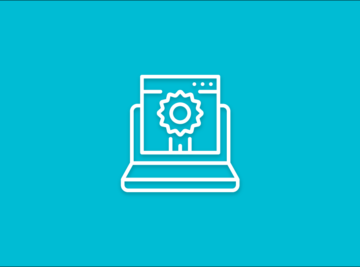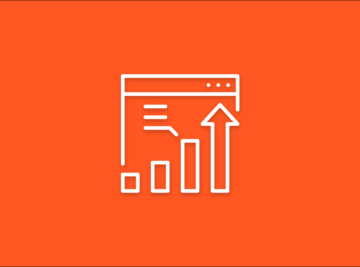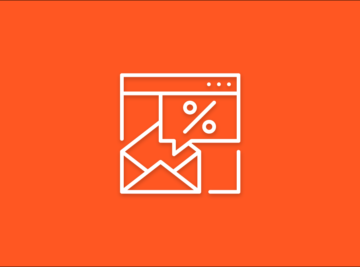The Stack is a weekly Facebook Live show focusing on the latest tools, trends, and technology in the world of sales and marketing.
In this week’s episode, Sean and Tim discuss ways that you can uncover opportunities for growth by assessing the big picture.
Watch The Recording on Facebook:
Our Goal: More Conversions
As marketers, we spend a ton of time thinking of ways to grow our audience, reach more people, and increase traffic.
We also spend a ton of time focusing on what happens once we’ve acquired that visitor. Are we successfully using our website and content to convert that person from an anonymous visitor into a known, qualified lead?
We call this a conversion. A metric that we pay close attention to in order to gauge how successful we’re being at capturing conversions is a conversion rate, which is essentially the percent of visitors that you’ve successfully captured – whether that be through form submissions, signups, purchases, or live chat.
Most websites have a conversion rate of just 1%. That means we’re losing 99% of the traffic coming to our website. It’s often much easier to improve ROI on marketing efforts by improving this metric than it is to grow traffic. This tactic is called “conversion rate optimization”, or CRO.
Now a lot of people think of A/B or Split testing when they think of CRO – and that’s because it is a pretty typical tactic for improving conversion rate. But in reality, it should be the final step in your process – and probably the easiest.
The hard stuff comes from identifying WHAT ideas to test. There’s many frameworks for doing this, but one we’re big fans of is Hotjar’s Action Plan.
Using Drivers, Barriers and Hooks to Identify Opportunities
To be effective at conversion rate optimization, we really need to have empathy for our website’s visitors. They are REAL people who are coming to your website for a reason. They have a goal in mind. Our job is to understand what that goal is, and make sure it’s as easy as possible for them to achieve it.
Hotjar does a really nice job breaking this down into three major buckets. Drivers, Hooks and Barriers.

Drivers
Ask: “What is bringing visitors to your site?”
We spoke about this at length in a previous episode about using empathy to get better at SEO. Basically, to rank well you need to truly understand your buyer personas’ goals and intent when they conduct a certain search. Help them get what they need, and Google will reward you for it.
The same concept applies when trying to convert those searchers into leads.
Ask yourself the following questions:
- What task were they trying to complete that brought them to your website?
- What questions do they need answered?
- What’s going on at their business or in their personal life that triggered them to take this action?
Once you’ve answered these questions, you can prioritize the way you lay out your content. You can create headlines that speak directly to what your customers value most. You can create new downloadable guides that help educate your buyers and gets them more engaged.
Tools to help:
- Polls
- Surveys
- User Tests
- Persona Interviews
- Search Query Data from Google Search Console
Questions to ask:
- Why are you looking for product/service today?
- What information is missing on this page?
- Where exactly did you first hear about us?
- How would you describe yourself?
- How would you describe our product/service to a friend
Once you know what brought your visitors there, and what’s motivating them, it’s time to focus on what’s preventing them from meeting those goals. We call those Barriers.
Barriers
Barriers are the things on your website that are preventing your visitors from achieving their goals, and causing them to abandon the website.
We want to hit these hard.
A great place to start is to try to use the website yourself as though you were one of your customers. Put your empathy hat on, block out an hour, and really try to objectively use your website in their shoes. Record yourself using a tool like Soapbox so you can share your findings with developers and they can see your facial expression as you’re doing it.
Uncovering barriers is a lot easier than uncovering Drivers, because a lot of this stuff you can simply observe and may not necessarily need someone to articulate it.
There’s plenty of tools to help with this, including:
- Heatmaps
- Visitor Session Recordings
- Conversion Funnel Tracking
- Feedback Polls
- Surveys
- User Tests
When running surveys, polls, or conducting user tests, consider asking questions like:
- What prevented you from completing that action?
- What information is missing from this page?
- What’s your biggest concern about moving forward?
- If you notice odd behavior, ask why.
So we’ve identified what’s driving people to our website, and the barriers they encounter once they arrive. Now it’s time to focus on what’s pushing them forward.
We call these hooks.
Hooks
Hooks are the features, content, or language on your website that persuade your visitors to stick around, dig deeper, and ultimately convert.
We want to understand what those elements are so that we can double down on them, make them more prominent, and replicate.
To give you an example – let’s pretend that you’re a company that gives people the opportunity to book campsites on private land, giving them access to camp in places they never could camp before. When you launched you thought that people would do business with you because of the unique surroundings.
But by running some surveys and interviewing customers, you learned that the real reason people were booking camping trips through your website was because you offered a pre-set-up campground, making the whole camping experience incredibly painless. This is a hook that you didn’t know about until now – so you change your headlines, imagery, and marketing material to reflect it and you see conversion skyrocket.
We use a lot of the same tools to uncover our hooks that we did to uncover drivers and barriers. This includes:
- Polls
- Surveys
- User Tests
To validate your hooks you’re almost certainly going to want to run some A/B tests. Does Headline A lead to a higher conversion rate and longer dwell time than Headline B?
This is where we can see this “big picture” exercise really start to translate into running informed, educated tests that improve conversion rates.
In the News
This week, Sean talks about a new update to the way Google handles non-https websites, and Tim talks about the new speakers that HubSpot just announced this week for Inbound 2017:
Tool of the Week: Project Soli
Okay, so this isn’t really a tool just yet in the sense of something like HubSpot, but one day soon it will be. Soli is a piece of radar technology that is being investigated by Google, and which will one day undoubtedly be incorporated into every kind of technology that you can think of, from smartphones, to smart TVs, to Voice devices, etc.
In short, Soli allows a device to recognize the extremely precise motions that can be made by the human hand and fingers. This allows for functionality to be built into the devices that just wasn’t possible before. Pressing your fingers together as if there is a button between them can let you turn a screen off from across the room; rolling your index finger across your thumb as though you are turning a dial can let you turn down your Personal Assistant even if you’re nowhere near it; a quick flick of your hand can turn a page or scroll in an intuitive way.
Though motion-detectors have been around for years, the key difference between those visual-detectors and Soli is that Soli is radar powered, which allows for much more accurate tracking capable of picking up the subtle fine-motor movements of the hand. This ultimately allows for the machine to understand human intent.
And probably beyond that. I expect in the years to come, the same tech will probably be applied to smartphones, and used to track eye movements. As your eyes reach the bottom of your facebook feed, for example, maybe the screen will automatically scroll up or a fast flick of your eyes up can do a fast scroll. Or maybe scrunching your eyes can be interpreted to reduce screen brightness. Who knows?
Tune in next Friday at 1pm for the next episode of The Stack, or check out the archives for more on-demand episodes.









